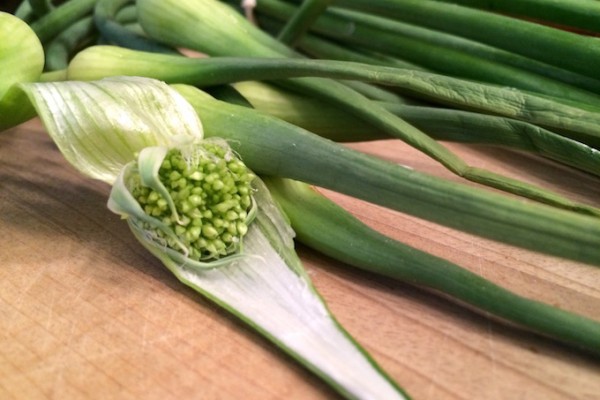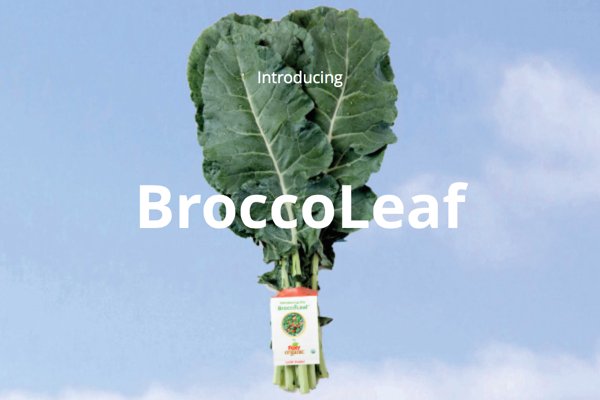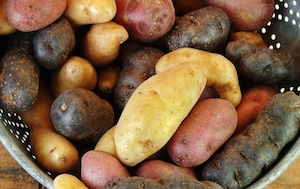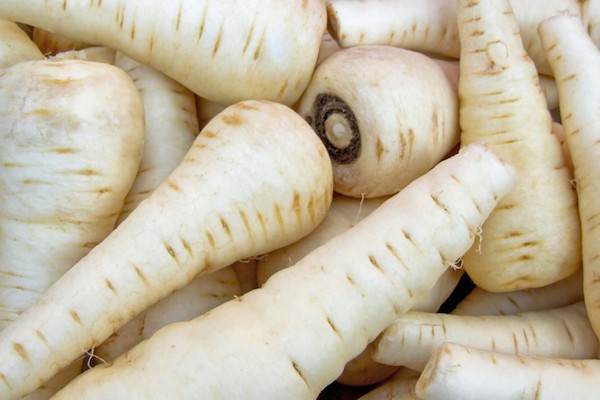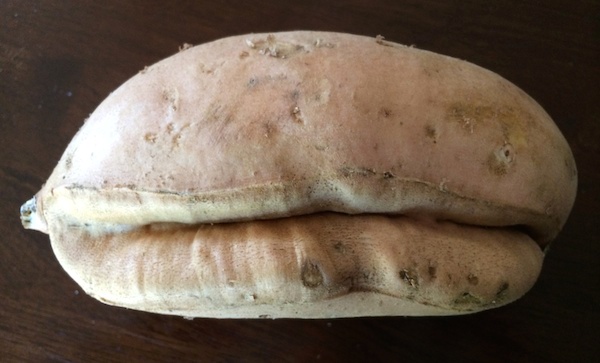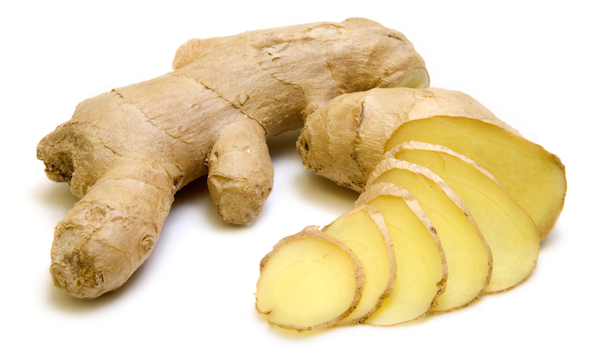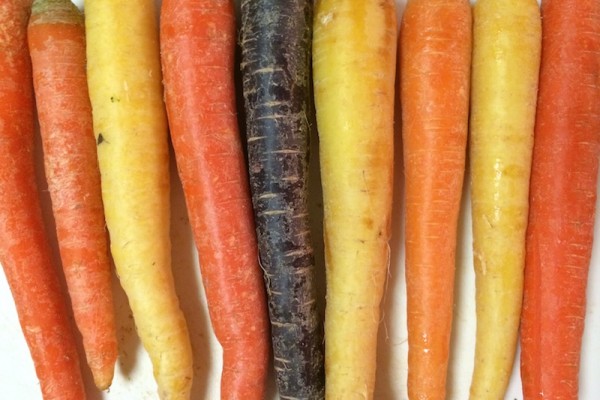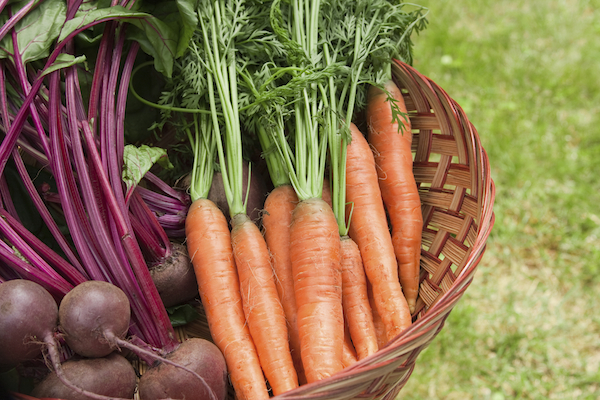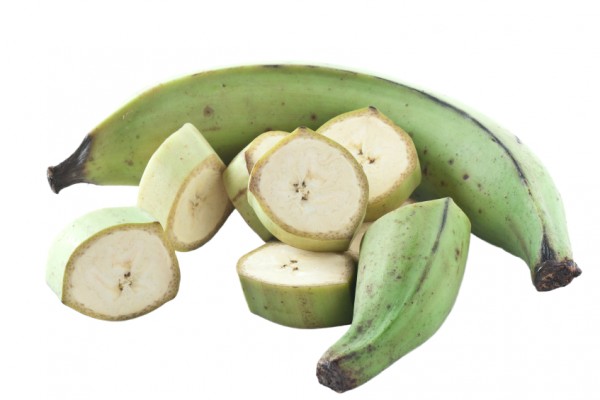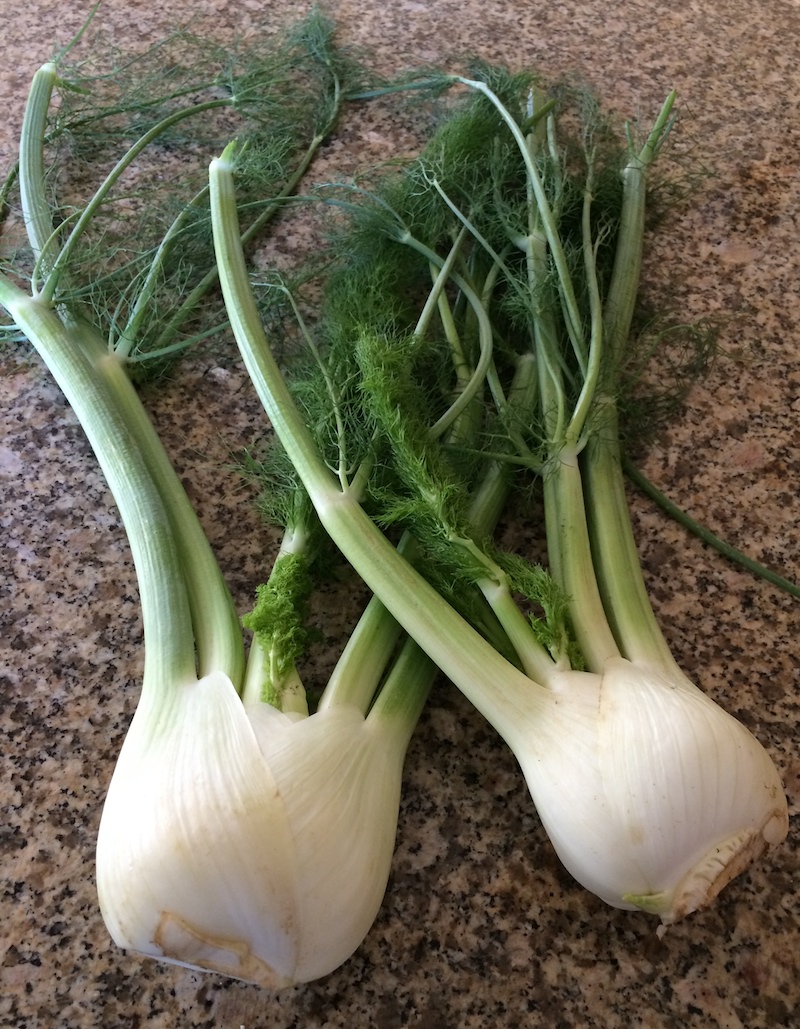What is it? They are the flower bud of the garlic plant and are removed to encourage growth of the bulb. In late June at the Farmer’s market you might find some fascinating hard green stocks with a closed flower at the end … they are garlic scapes that you can eat! Where does it…
Produce Index
The produce category will show you (our reader) all posts that we write about root vegetables, and horticulture. From the fennel, potato, carrots to the many fruits and vegetables that you can enjoy indoors or outdoors.
Along the valuable tips and expert advice. This also implies crops that are freshly grown till harvest time.
New Produce: BroccoLeaf
Broccoleaf is fully packed with antioxidants, aka super greens, good for detoxification. This mighty green scores higher than kale (and broccoli florets) in calcium, but it is also an excellent source of great vitamins (see below), and has lots of phytonutrients, like glucosinolates, which are great cancer fighters. When to plant and grow broccoli? Broccoli…
Potato
WHAT IS – Potato? Potatoes are a member of the nightshade family. The potato is a perennial plant, but we usually harvest it as an annual to eat the fibrous tuber roots. There are over four thousand varieties, ranging from purple to yellow and starch to waxy. Here is a breakdown of the different types…
Parsnip
What is it? Parsnips are very similar to the carrots, except they are white and slightly sweeter. They are best harvested after the first frost in the fall, when their starches turn to sugars. Parsnips are always sold without their green tops, as they can cause a skin rash due to their toxic sap. Where…
Jicama
What is it? Jicama is a large, dense root vegetable that is hard and heavy. It is generally round, although like the above picture, it can also have a unique form. The outside is a pale tan color, whereas the inside is white. Jicama has a moist, crunchy texture. It is slightly sweet and nutty….
Ginger Root
What is it? Ginger is the root of the ginger plant. It is classified as a rhizome, which is unique because if it is separated into pieces, each piece will be able to produce a new plant (known as vegetative reproduction). Although ginger is most commonly used as a spice, it is, however considered a…
Carrots Rainbow Mix
What is it? Carrots rainbow mix are considered a biennial plant in the umbel lifer family, and they are part of the root family, more specifically the taproot. The carrots can be found in a wide variety of colors, such as orange, yellow, white, and purple. Where does it grow? Carrots are grown in the…
Root Vegetables
Root vegetables have been used in recipes all over the world due to their low cost, nutritious value, accessibility, and they store well. There are numerous root vegetables to explore beyond the carrot, potato, onion, and beet. Though, sometimes they might not be the most attractive items in the grocery store, but they are worth…
Plantain
What is it? Plantains can best be described as a large green banana. Inside the fruit is a pale yellow color and the texture is more firm than a banana. Unlike, a banana, plantains are only suitable to eat when cooked. They are not sweet like bananas, but instead have a bland vegetable taste. Where…
Fennel
What is it? Fennel is a vegetable with 3 main edible parts: bulb, foliage, and seed. The bulb is white and in my opinion, it is the best part of the plant when cooked (see recipe below). The green foliage of the fennel resembles celery and dill. Typically, the fennel you find in the local…
